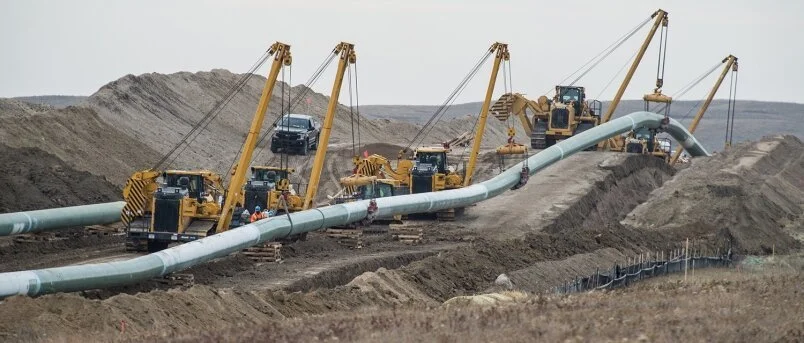Status of stop sprawl
The major threats to farms, wetlands, streams and natural areas in Hamilton now centre around the airport. The citizen-led effort to block sprawl development in other rural parts of the city now appears to be successful despite some hiccups from the provincial Conservative government.
The provincial dismantling of the protected Greenbelt has been reversed. And Hamilton council’s decision to limit new growth to its already existing urban area has been belatedly accepted by the province after originally being overturned
That leaves a few segments of the rural landscape where development has been approved but not yet undertaken, especially on the eastern edge of the urban area. But it also leaves nearly all of the 2015 large boundary expansion dubbed the Airport Employment Growth District.
This 1200 hectare block on the southern side of the city, formerly known as the Aerotropolis, is the most recent addition to the urban area. It was approved after a decade and a half of back and forth between an earlier city council and an earlier provincial government. It was shrunk but ultimately not stopped by local environmental groups.
This designated growth area straddles the highest point of land between Lake Erie and Lake Ontario. Consequently it is where numerous Hamilton streams have their origins. Here we find the headwaters of both Twenty Mile Creek and the Welland River.
Other streams flow west to the Grand River and north to Cootes Paradise and/or Lake Ontario. The latter include Ancaster Creek and Tiffany Creek. As a result, the AEGD is the meeting point for all four local conservation authorities – Halton, Hamilton, Niagara and the Grand.
The addition of the AEGD to Hamilton’s urban area included automatic zoning for development, although it was tempered by promises to make this an eco-industrial park. It’s unclear what this might mean or not mean for protection of the most significant natural features of the area. Most of the lands that aren’t frequently wet are actively farmed on the prime agricultural soils.
A substantial finger of the protected Greenbelt extends into the airport area, running parallel to and partly over top of the two-lane Highway 6 bypass approved and opened before the Greenbelt was established. The basis for the Greenbelt designation is the presence of multiple wetlands.
However, the Conservative provincial government has announced plans to widen the bypass to four lanes and to straighten it to accommodate 120 km speed limits. The plans include a new interchange with Book Road but so far no definite timetable for construction.
Despite expectations that the AEGD would attract high tech employment to Hamilton, the score so far has been warehouses and more warehouses. To this point there has only been one major project built in the AEGD – the massive Amazon warehouse (dubbed by the company a “fulfillment centre”) fronting on Upper James near Dickenson Road with surface parking for hundreds of cars. It’s been reported that at least one of its neighbours are suing because of repeated flooding.
A second warehouse project further west on Dickenson was approved last fall. Vigorous public opposition resulted in the gifting to the city of a large provincially significant wetland on the property, along with a 30-metre buffer and a nearby wooded area.
Another warehouse project has been proposed on Garner Road just west of the Highway 6 bypass on an Ancaster creek stream and marsh. It would see five warehouses, dozens of truck bays and surface parking for over 1000 vehicles making the vast majority of the property impervious to rainfall. The property owner is a billionaire crown corporation of the Alberta provincial government called AIMCo.
The owners’ proposals to “relocate” the marsh from the middle of the property were turned down by the Hamilton Conservation Authority in 2021. The company has appealed that decision to the Ontario Land Tribunal with hearings scheduled in February 2025. Hamilton council is supporting the Conservation Authority, along with an active citizen group – Save Our Streams Hamilton – and the provincial advocacy group Environmental Defence.



